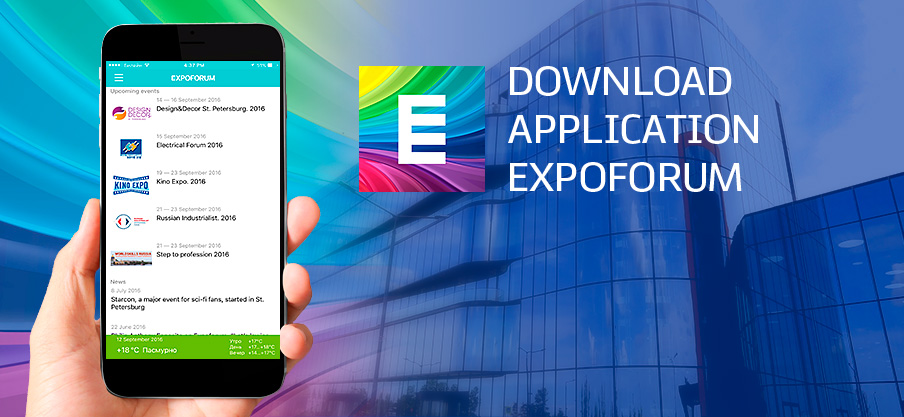Horse heals man. Hippotherapy is booming
Olga Platonova, the founder of the Russian Academy of Training and Therapy with Horses (RATTH), an annual speaker of the business program at the Hipposphere Exhibition, and a trainer of hippotherapy coaches, spoke about the popular method of physical and psychological rehabilitation through horseback riding.
Who has indications for horse therapy trainings?
“All people who want to develop relevant skills, collectives who are interested in team building, increasing trust, developing leadership and emotional intelligence. In addition to trainings, we offer hippovention – psychological recovery and personal development through communication with a horse. It is suitable for everyone who wants to improve the quality of their life, deal with stress, improve family relationships or relationships with other people.”
How does the training take place? Describe the steps a training participant goes through?
“We always start with greetings and safety precautions. Communication with horses starts after observation, in increasing degrees of engagement. Then the lead driving begins, and only then there is more interaction with the horse at liberty, or team games. In the end, there is a reflection circle, a discussion of the feelings and emotions that have arisen.
Depending on the need, the training may occur only once, or it may be recurrent.”
What kind of horses participate in training and therapy?
“Absolutely any horse is suitable for psychotherapy with horses, depending on how we interact with them. My American colleagues have wild mustangs, but in this case the therapy is only observation. But even watching a herd of wild mustangs gives people amazing insights into their interactions with each other, their attitudes toward life, their sense of purpose and conflict behavior.
For face-to-face direct tactile contact we choose the calmest horses, not prone to sudden displays of temper. As a rule, these are older mares, not stallions. The breed can be any kind: ponies, donkeys or other animals as well.”
Who trains who – the horse and the people?
“The role of a specialist – a trainer or psychologist – who sets the format of interaction is crucial. It is the specialist who creates an environment where clients meet the horse for more than just fun. The format, level of training and client request is determined in advance, followed by working through the internal issues and discussing the findings. In this way a therapeutic or developmental effect is achieved.”
What are your main principles for interacting with horses?
“The three pillars in my heart: trust, respect, and love. If we are guided by these principles in every action we take, we will not hurt anyone, horses or people.”

 Calendar
Calendar
 Online application
Online application
 Map
Map
 How to get
How to get



